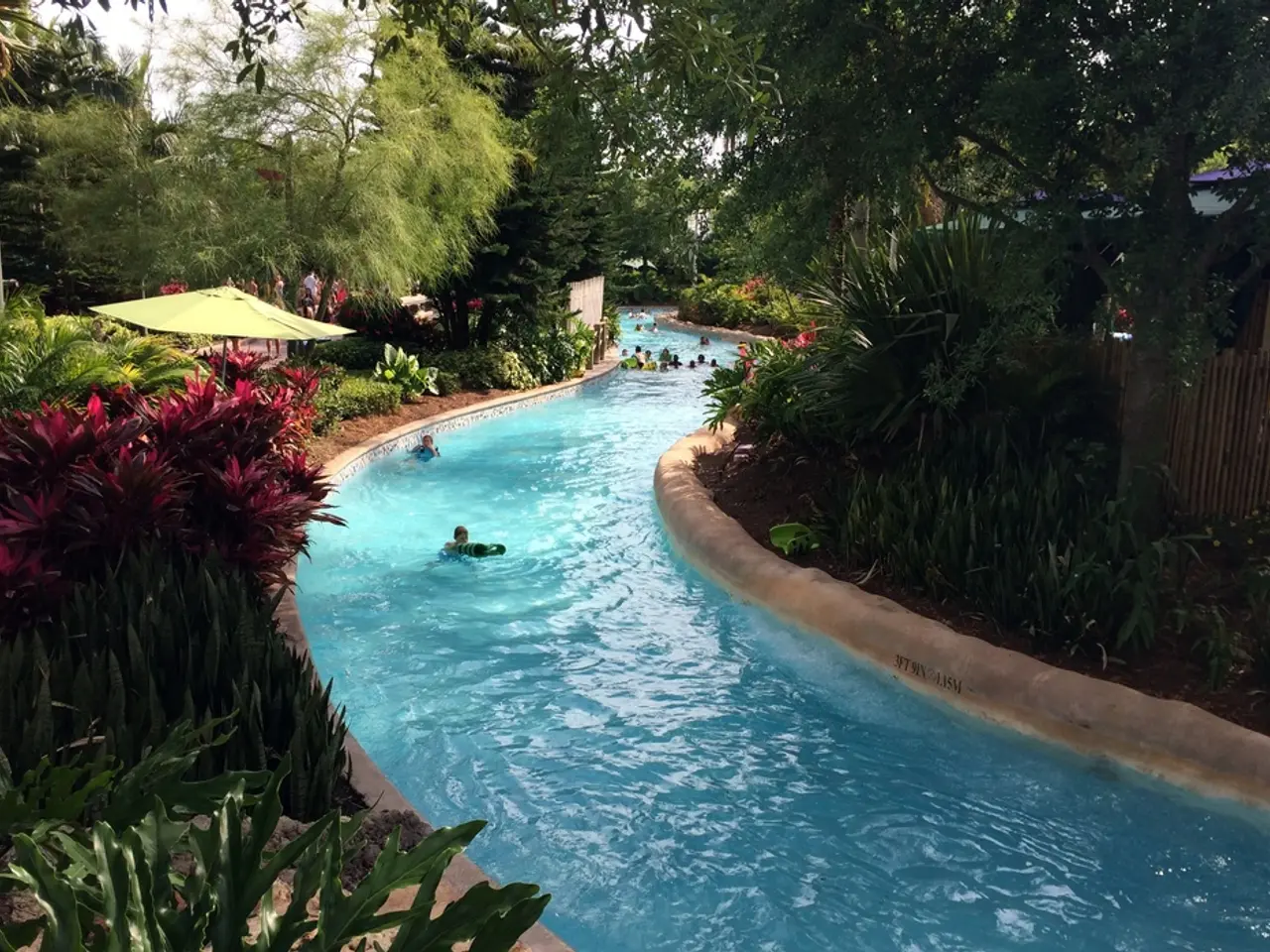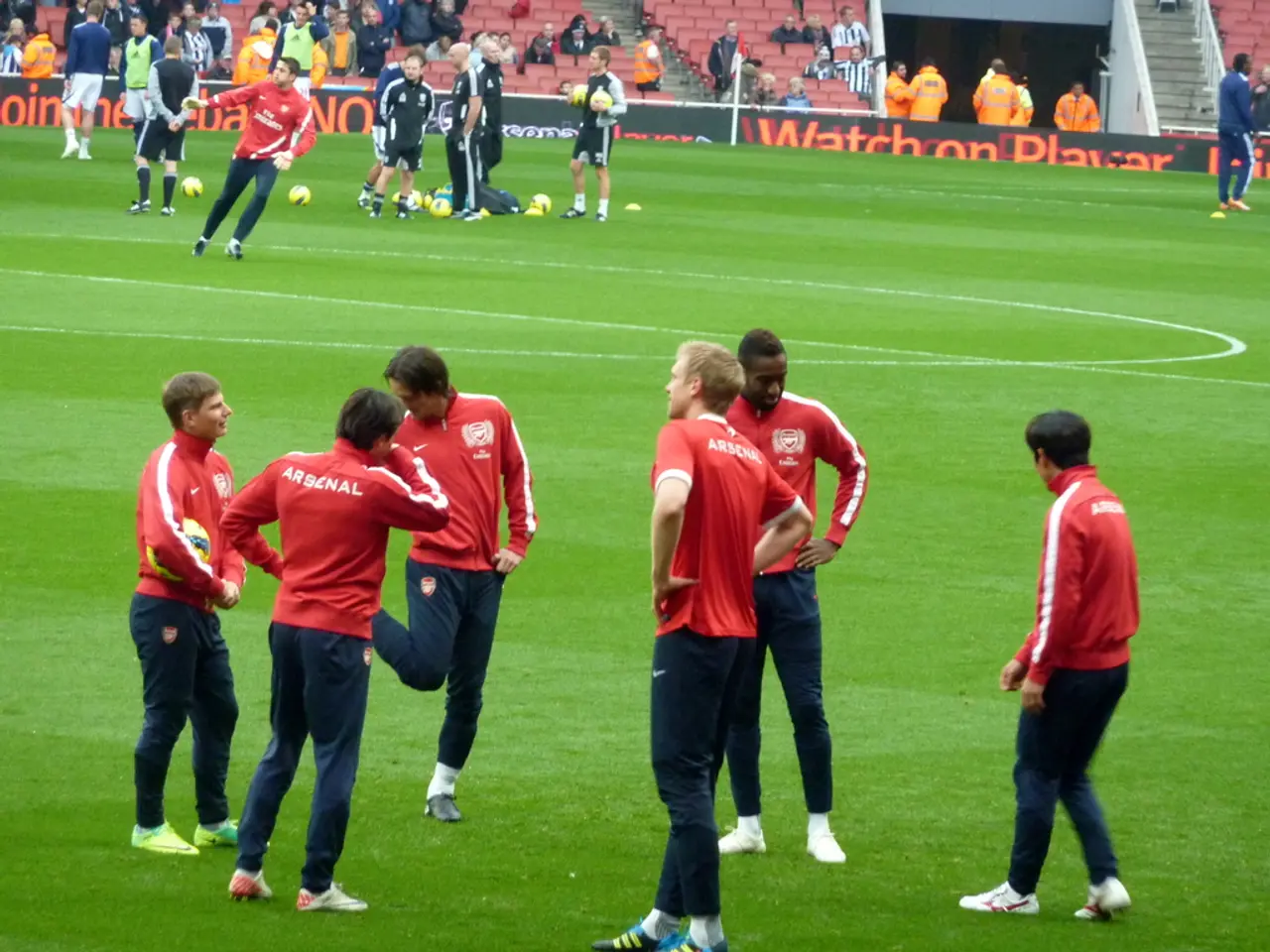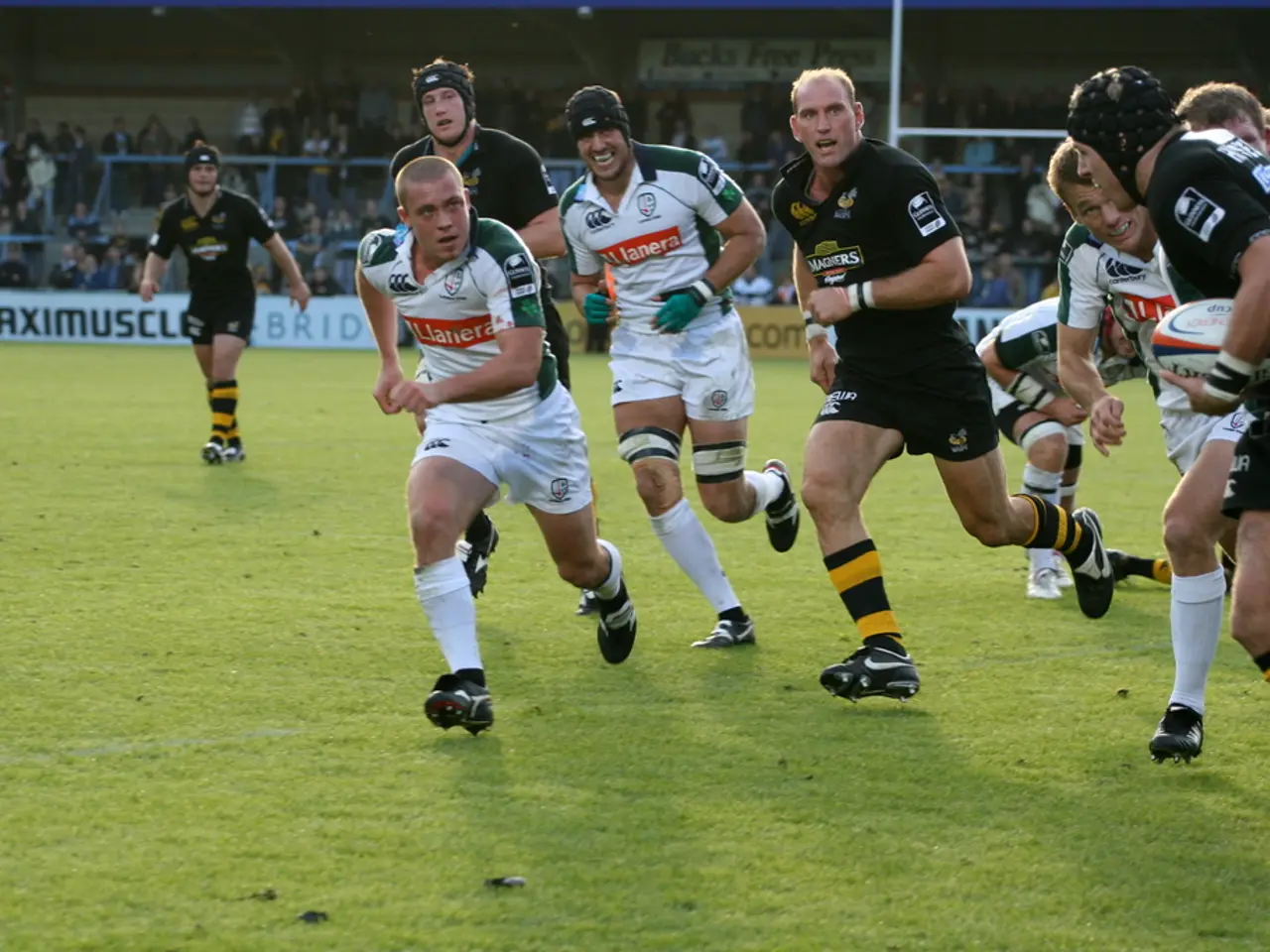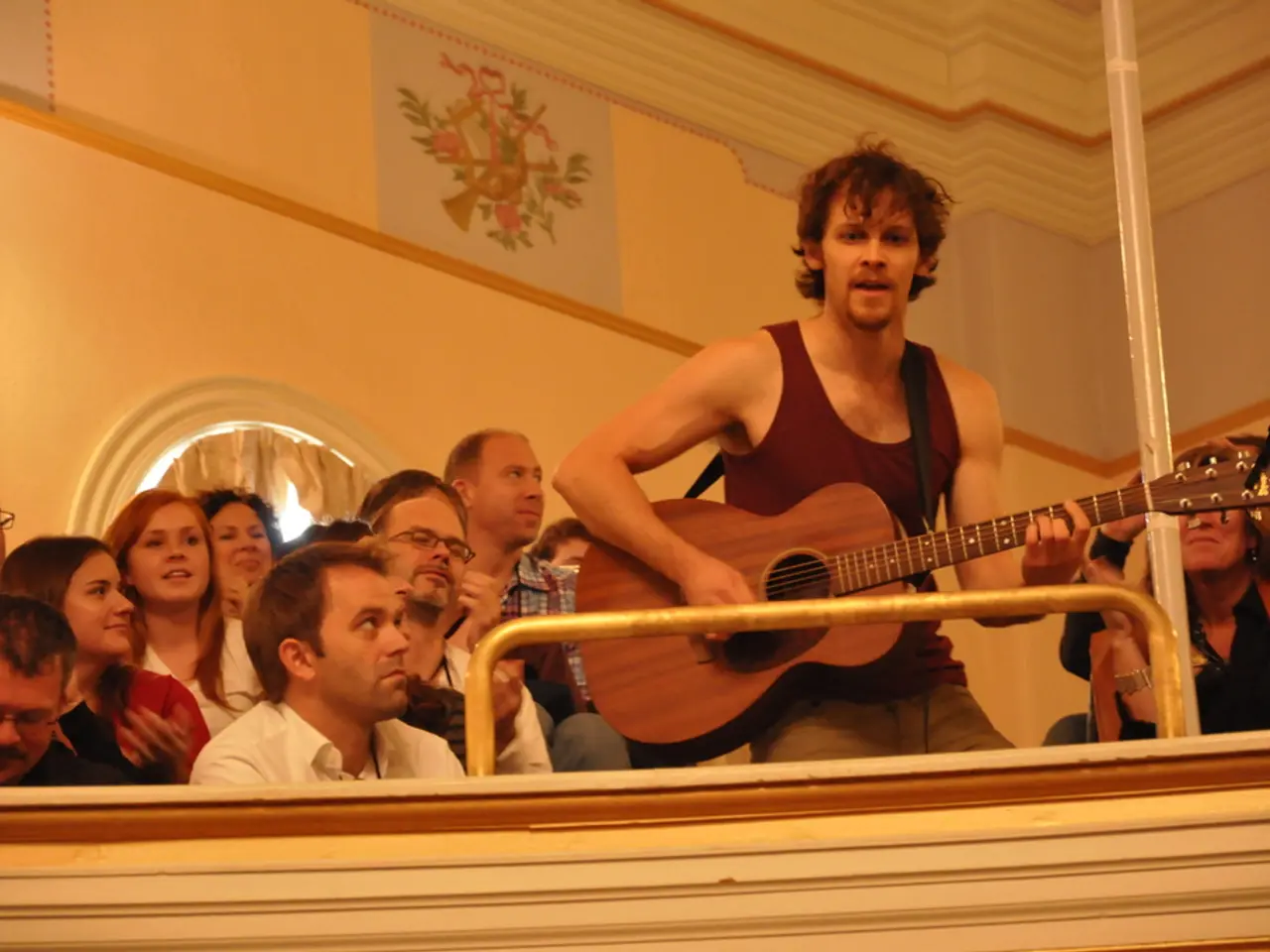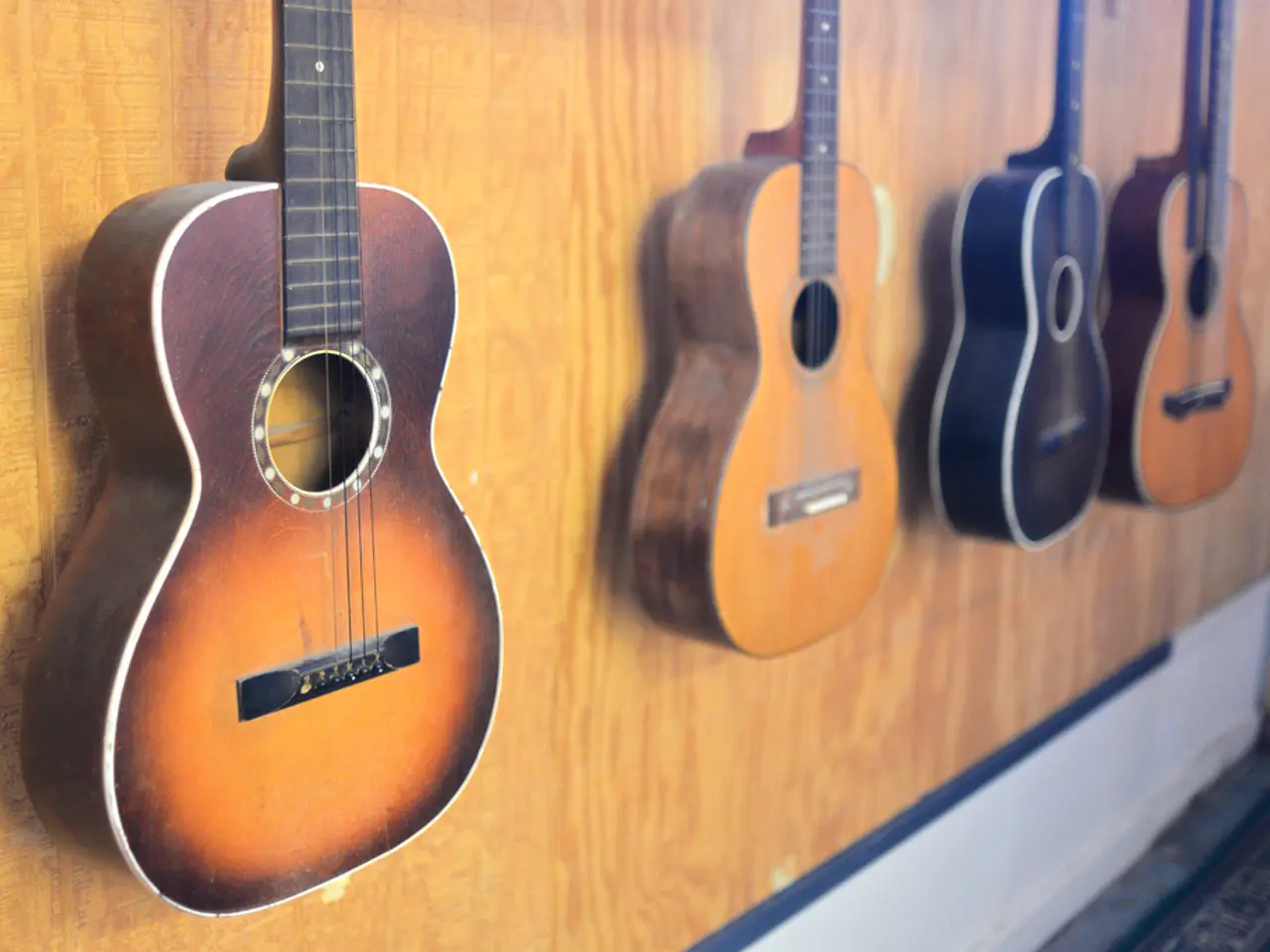Social Democratic Party (SPD) advocates for an integral social aspect in pricing policies
In the city of Oberhausen, the Aquapark is set to introduce a new pricing structure that aims to strike a balance between budget relief and social responsibility. This move comes as a response to the rising energy and personnel costs, as well as the concerns expressed by Maximilian Janetzki, a member of the city council.
Jens Vatheuer, from the Aquapark's management, proposed a planned price increase of one euro per single ticket. However, this proposal has faced criticism from both the Greens and the Left, and the SPD faction has been involved in negotiations to find a solution that satisfies all parties involved.
Maximilian Janetzki expressed his concern that the proposed increase would disproportionately burden children and family tickets. To address this issue, the Aquapark and the consulting firm have been tasked with developing an alternative model. This model could involve tiered or phased pricing, partnerships and subsidies, and flexible pricing structures to ensure accessibility while maintaining financial sustainability.
Tiered pricing may be based on factors such as age, residency, income, and time of day or week. Offering reduced rates or free admission to low-income residents, seniors, or children can decrease social burdens while regular prices for others help fund operations. Phased development and gradual addition of attractions can also spread capital costs over time and generate early revenue, reducing the initial financial load.
Partnerships and sponsorships with local businesses or community groups can lower operational costs and create funding buffers, potentially reducing expenses by up to 25% through bulk purchasing and shared promotions. Use of grants and incentives, especially those aimed at energy efficiency or environmental compliance, can further reduce upfront and ongoing operational expenses without passing all costs to users.
Flexible pricing structures such as membership options, season passes, and pay-per-use models can accommodate different user preferences and financial capabilities. Considering compact or modular attraction setups, like inflatable water trampolines and slides, can also reduce capital expenditures, thereby enabling more affordable pricing while maintaining attractive park features.
The new pricing structure for the Aquapark is expected to be a compromise between budget relief and social responsibility. The Aquapark and the consulting firm are expected to propose a new pricing structure that aims to keep price increases for children and family tickets as low as possible. The proposed price increase is being reconsidered in light of the expectations set by the SPD faction.
By adopting this approach, the municipality of Oberhausen hopes to keep the water park financially viable while addressing social equity by making it accessible to various demographic groups without excessive financial burden on any segment of the community. This strategy aligns with cost management recommendations and social inclusivity goals typically emphasized in public amenity projects. However, specific price points and subsidy levels should be tailored to local demographics, budget constraints, and usage patterns for optimal results.
[1] Source: Cost Management Strategies for Public Amenities
[2] Source: Affordable and Attractive Aquapark Design: A Case Study
- Despite the Aquapark's proposed price increase to address rising costs, the SPD faction and other political parties are negotiating to keep price increases for children and family tickets as low as possible.
- To ensure the Aquapark remains affordable and accessible to various demographic groups, the new pricing structure may include tiered pricing, partnerships, flexible pricing structures, and energy-efficiency grants, as recommended in cost management strategies and social inclusivity goals for public amenities.
